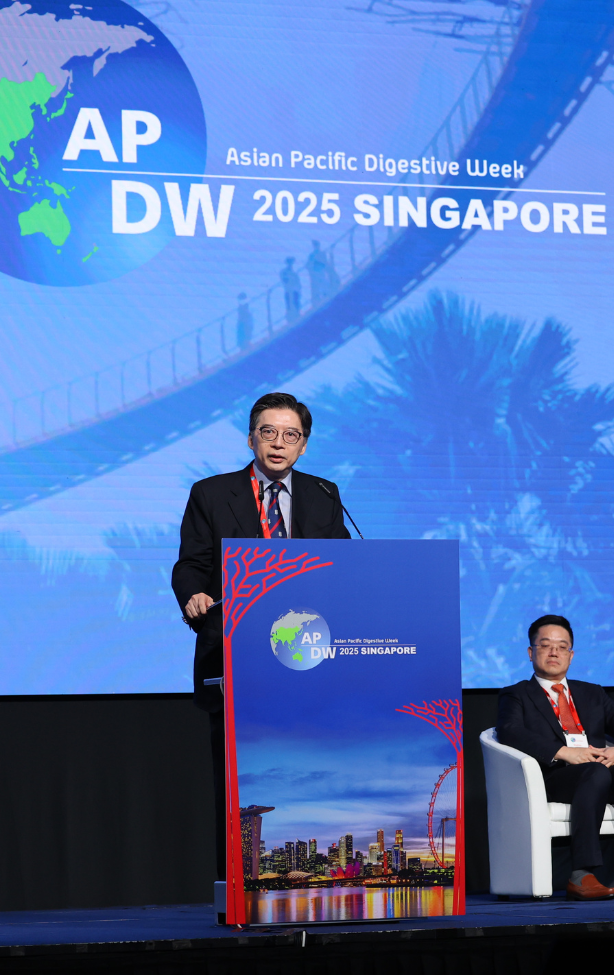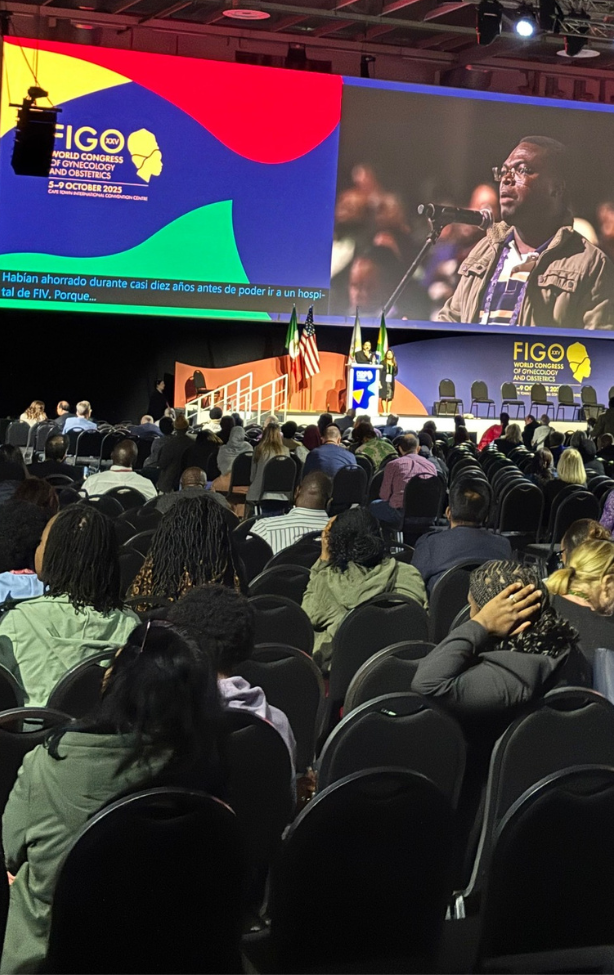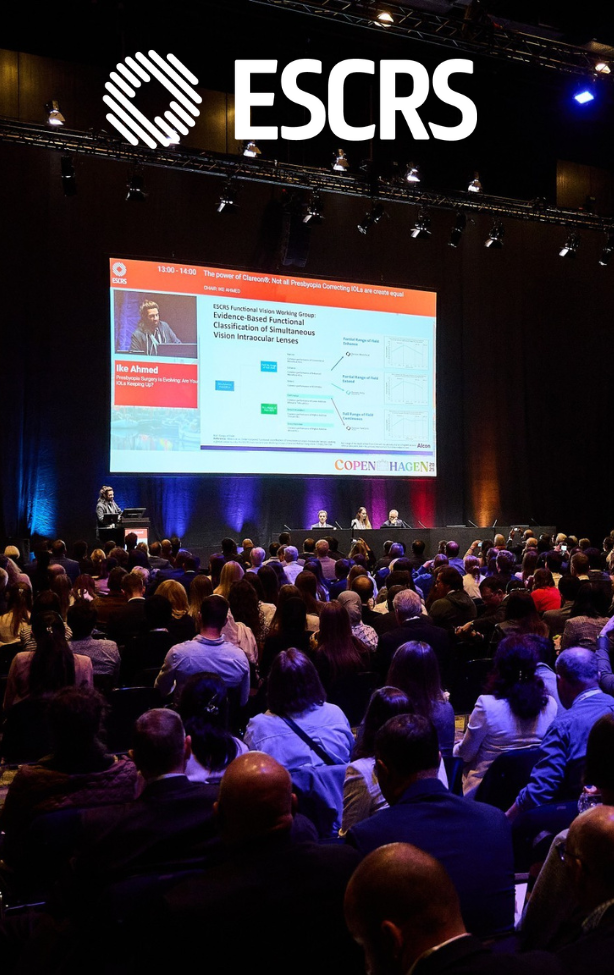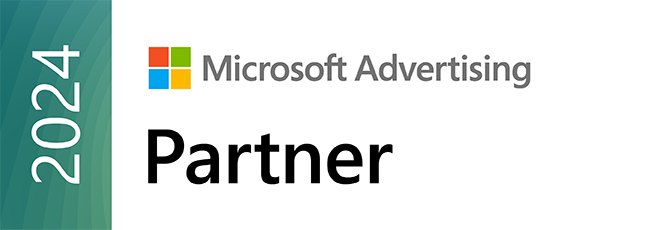case study
Kabloom digital campaign achieved 40% increase in engagements for World Thrombosis Day
As channel targeting parameters continue to change, the annual World Thrombosis Day Kabloom targeting and campaign strategy is no different. For the 2022 edition of WTD, a large focus was placed on generating engagements, as a way to generate 3rd-party impressions and a rippling impact across highly relevant communities.
This approach was in response to reduced reach potential by sub-speciality interest across social media channels.
With campaigns predominantly focused on generating engagements, the campaigns saw 40% growth in engagements compared to the previous year.

Organiser
World Thrombosis Day
Target Audience
Patients, their family and friends
Healthcare providers and specialists
Objective
To encourage engagement and action from key audiences to educate and advocate the risk factors, symptoms and impact of thrombosis
Services provided
- Digital and social media advertising
A changing landscape across various channels required a change in digital campaign strategy:
- Redefining success: Updates to KPI’s of the campaign arose from changes across channels in terms of how audiences are defined, as well as the allocated costs.
- Establishing the KPI’s: With this, the campaign moved from an impressions-focused campaign to an engagement-focused campaign.
- Community-focused outcomes: the engagement campaigns acted as a way to broaden reach to more relevant communities than what could have been achieved through targeting alone.
- Using context to optimise results: This approach is strongly aligned with the nature of the event (advocacy), as the ads were received within a more impactful context where broader audiences shared a mutual friend/connection.









